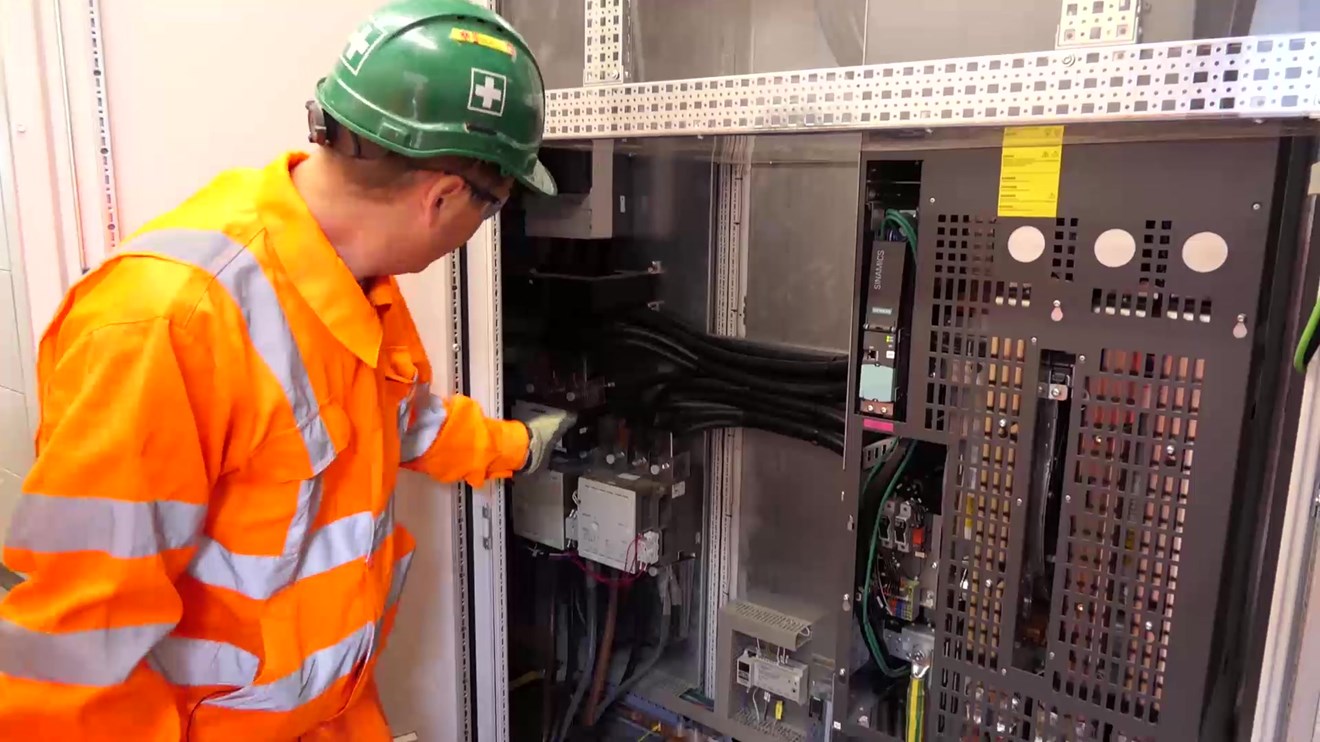The site’s four new conveyors, which process up to 2500 tonnes of quarried product per hour, required a solution which was not only able to deliver a high torque start for the conveyors, but also able to reduce air conditioning requirements associated with electrical equipment in quarry environments.
The installation of the new conveyors with the VSD bypass technology follows a period of sustained growth for Aggregate Industries, which holds a long-standing relationship with Siemens. The solution developed by Siemens, is not only expected to deliver annual energy savings of up to £10,000 per conveyor, but also significantly reduced initial capex expenditure over the conventional approach.
In addition, the new VSD bypass system also eliminates the requirements for harmonic correction, which cancels the entire spectrum of harmonic currents at the point of connection, while improving system reliability by ensuring that equipment operates with lower losses and heat generation.
David Brown, AI’s National Electrical Engineer Manager said: “Having the right equipment which is able to operate reliably and efficiently is fundamental to our success as a business. Using a conventional VSD approach for this application has proven in the past to present us with long-term challenges and therefore we were keen to identify an innovative alternative approach for our new £10m investment.
“Our long-standing relationship with Siemens meant not only did they understand our business and the nuances of the minerals sector, but they also provided us with the confidence that the solution they developed would lay the foundations for our future growth plans, whilst providing long term reliability.”
Chris Medd, Business Manager at Siemens, adds: “When installing converter systems into a quarry environment there are a number of key factors to bear in mind such as power quality, which means considering harmonic distortion and the compliance with current regulations. These considerations would have involved significant cost and additional system inefficiencies for a traditional design, whilst our installed solution means we have delivered a cost-effective and optimised solution which has achieved and exceeded AI’s initial brief”.
Following the development of the solution, Siemens was able to work in partnership with Komatsu to deliver the mechanical elements of the projects and Nexdorf Electrical Engineering on system integration.


